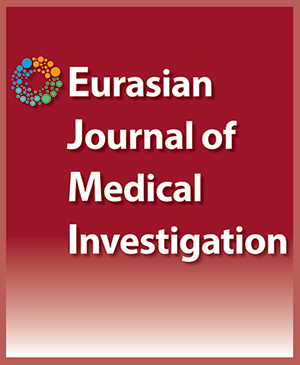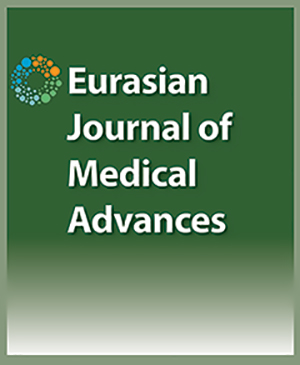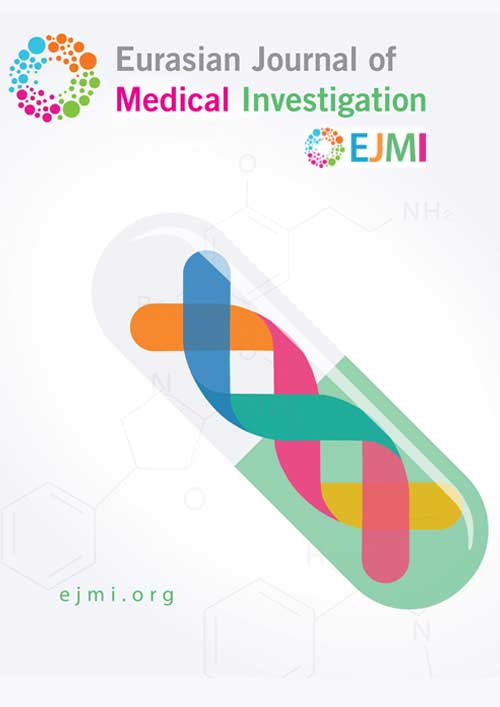Evaluation of Pancreatic Atrophy in Patients with Hepatocellular Carcinoma Receiving Sorafenib Treatment
Ali Kaan Güren1, Gulcin Zengin2, Nargiz Majidova3, Nadiye Sever1, Rabia Ergelen2, Osman Kostek1, İbrahim Vedat Bayoglu1, Murat Sari11Division of Medical Oncology, Department of Internal Medicine, Marmara University Faculty of Medicine, Istanbul, Türkiye, 2Department of Radiology, Marmara University Faculty of Medicine, Istanbul, Türkiye, 3Department of Medical Oncology, VM Medical Park Maltepe Hospital, Istanbul, Türkiye
Objectives: Sorafenib is frequently utilized both as first-line treatment where immunotherapies are inaccessible and as subsequent treatment in cases of progression with immunotherapy-based therapies in unresectable/metastatic HCC patients. We aim to reveal the relationship between sorafenib treatment and pancreatic atrophy. Methods: The study was designed as a retrospective, single-center study. Patients with HCC who had a CT scan within 1 month before and 6 months after treatment were included in the study. Patients receiving 6 months of sorafenib were included in the sorafenib group, while patients receiving other treatments were included in the control group. Delta (?) value was found by subtracting the baseline pancreatic volume from the 6th month pancreatic volume. Baseline, 6-month and delta pancreatic volumes were compared between the two groups. Results: 22 patients were included in the sorafenib group and 22 patients in the control group. Delta pancreas volume was 12.69±12.96 cm3 in the sorafenib group and 1.10±2.83 cm3 in the control group and this difference was statistically significant (p<0.001). Conclusion: In our study, the incidence of pancreatic atrophy increased in sorafenib group compared to control group. Particularly in patients receiving sorafenib with prolonged survival, attention should be maintained in terms of pancreatic atrophy. Keywords: Sorafenib, pancreatic atrophy, hepatocellular carcinoma
Cite This Article
Güren A, Zengin G, Majidova N, Sever N, Ergelen R, Kostek O, Bayoglu İ, Sari M. Evaluation of Pancreatic Atrophy in Patients with Hepatocellular Carcinoma Receiving Sorafenib Treatment. EJMI. 2025; 9(1): 29-35
Corresponding Author: Ali Kaan Güren




